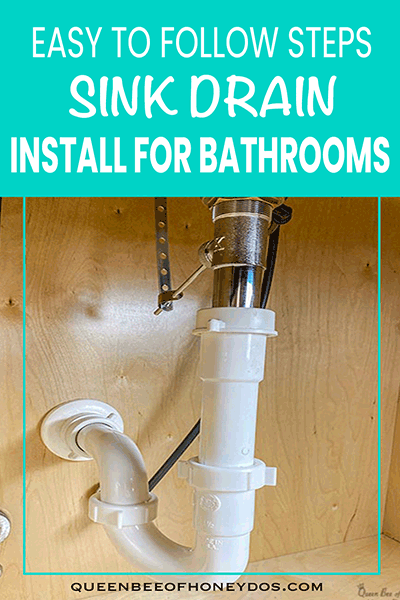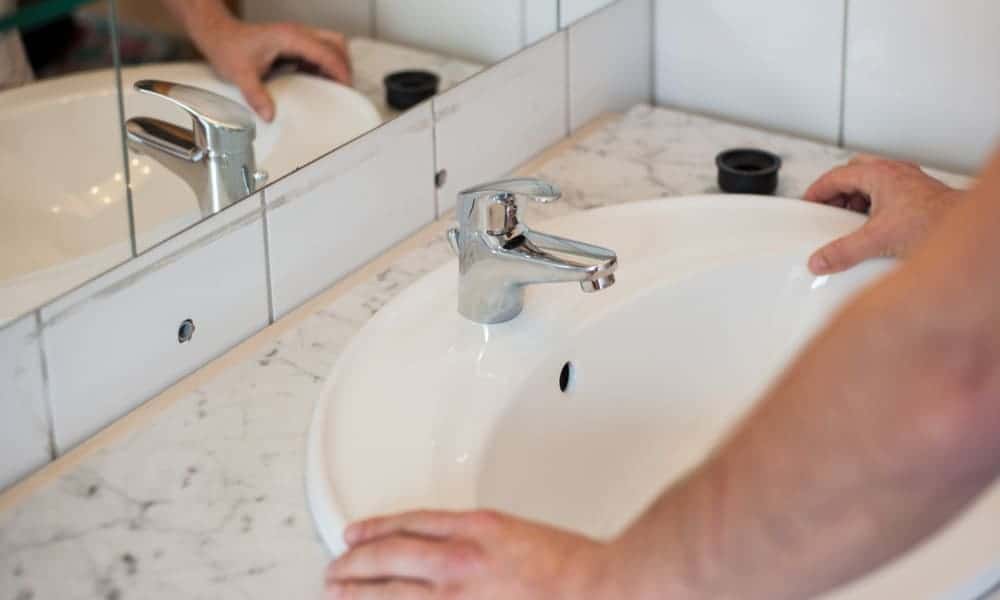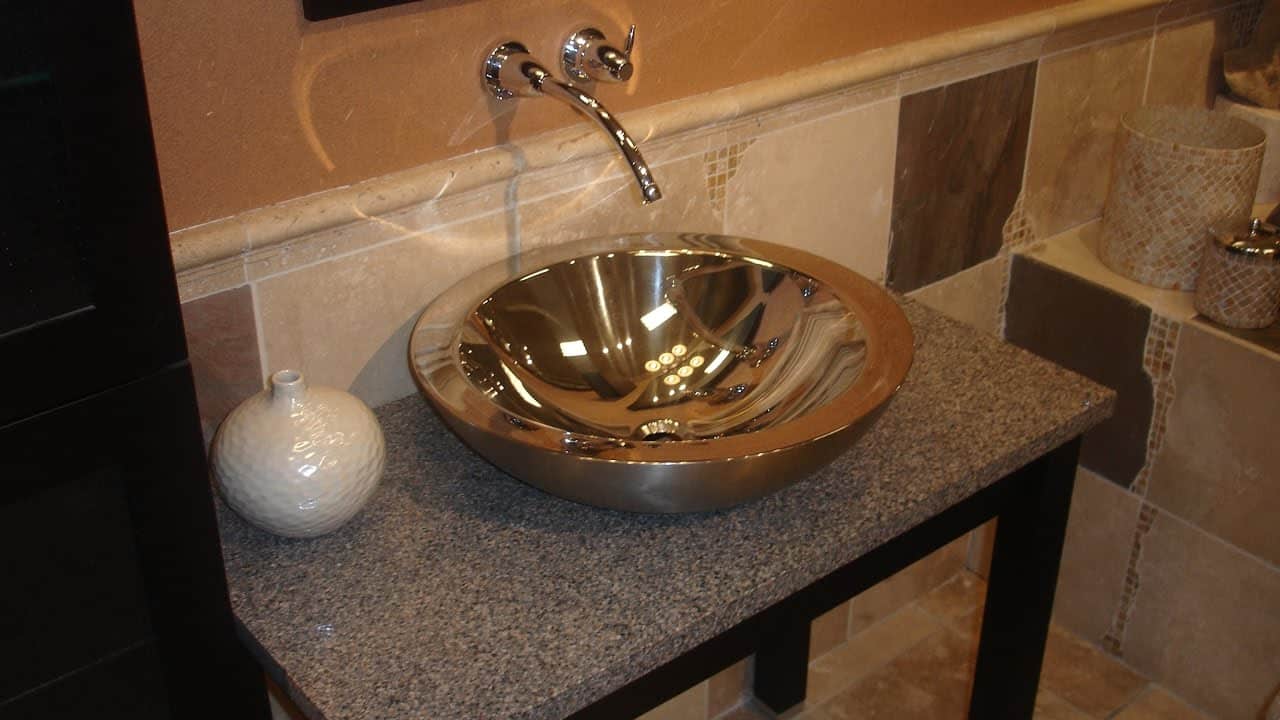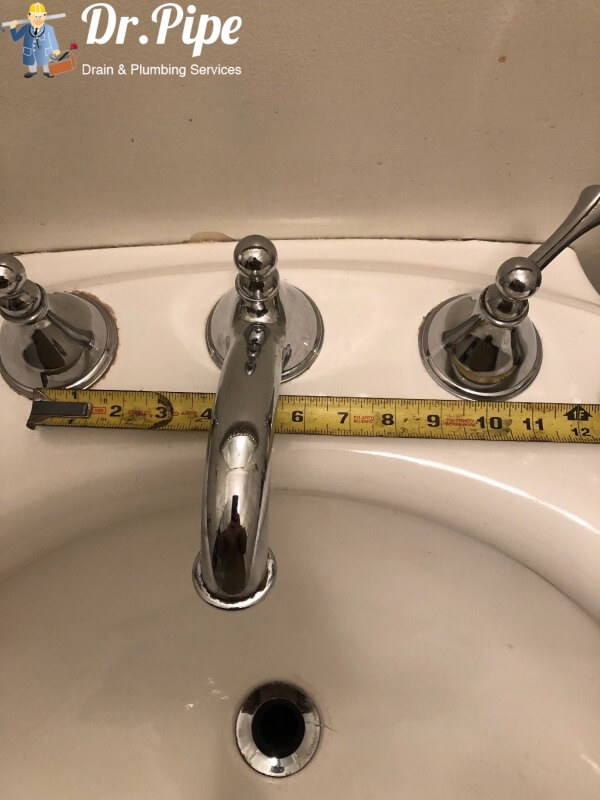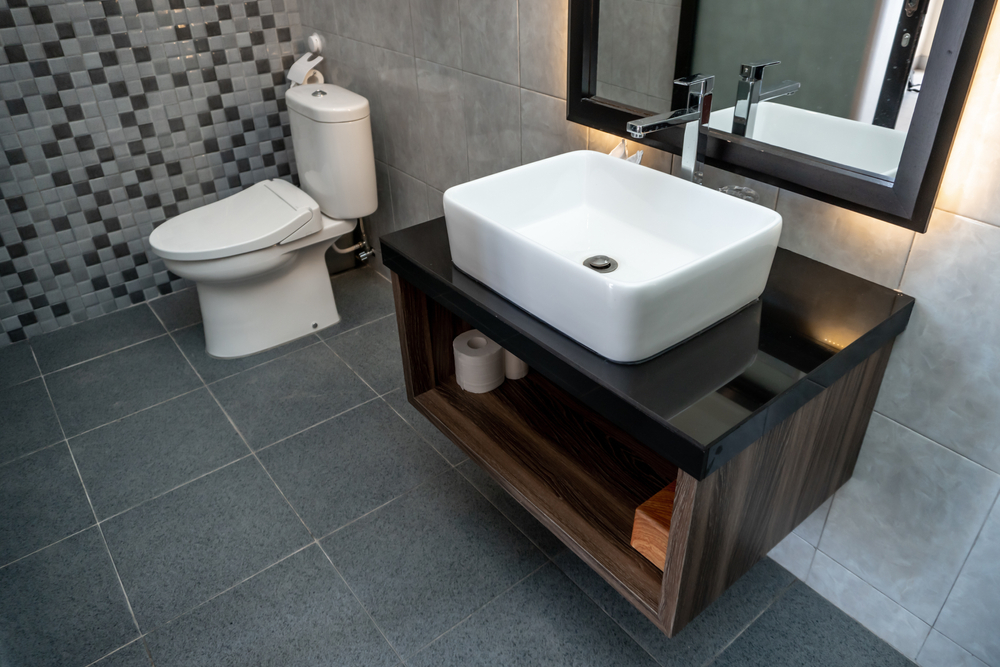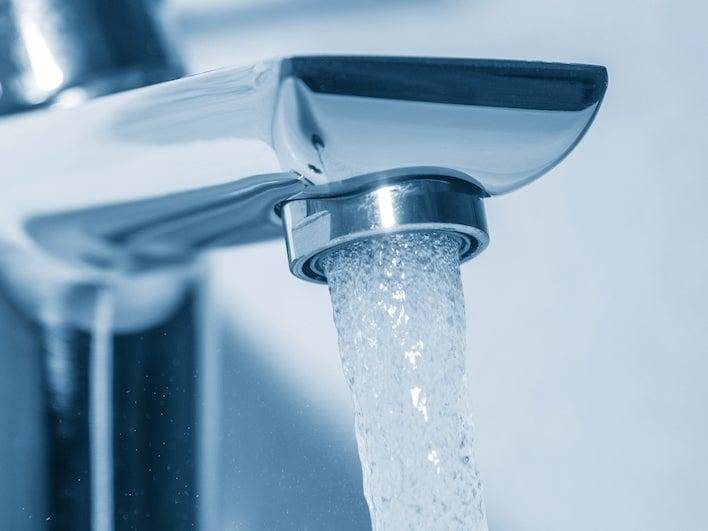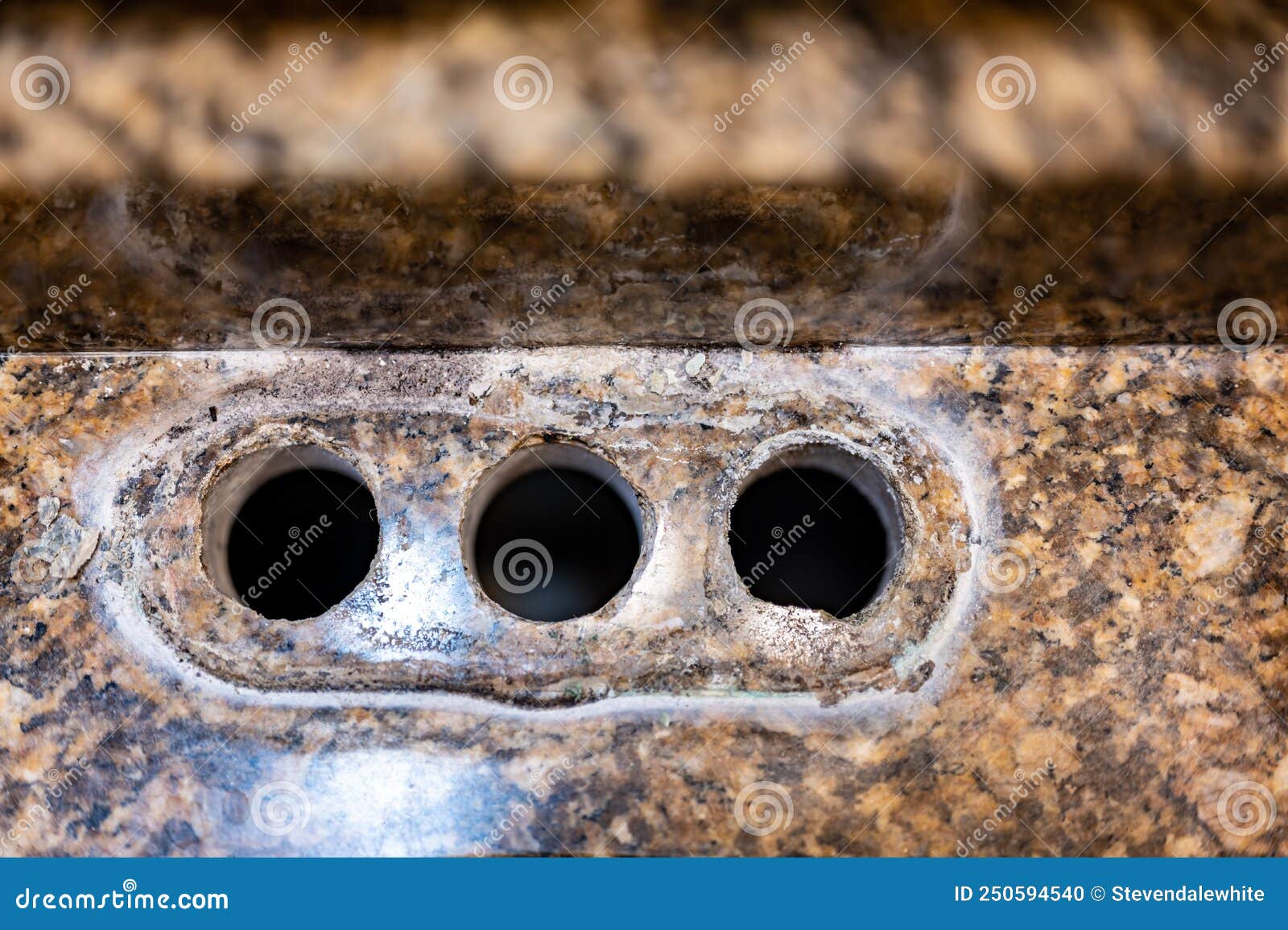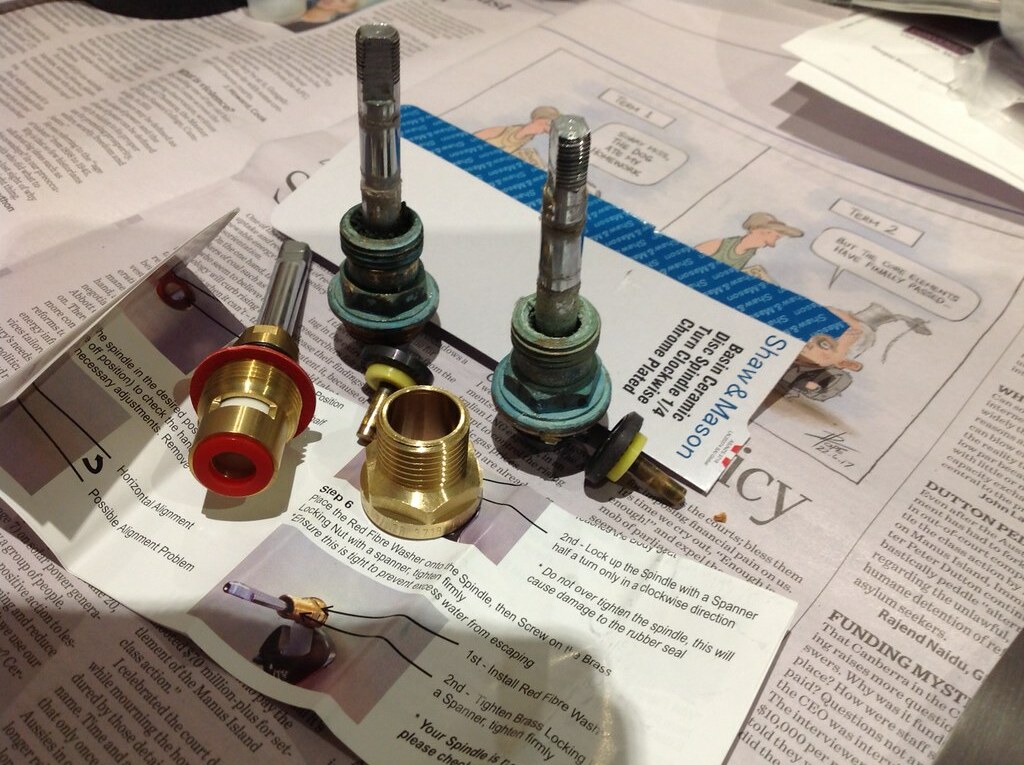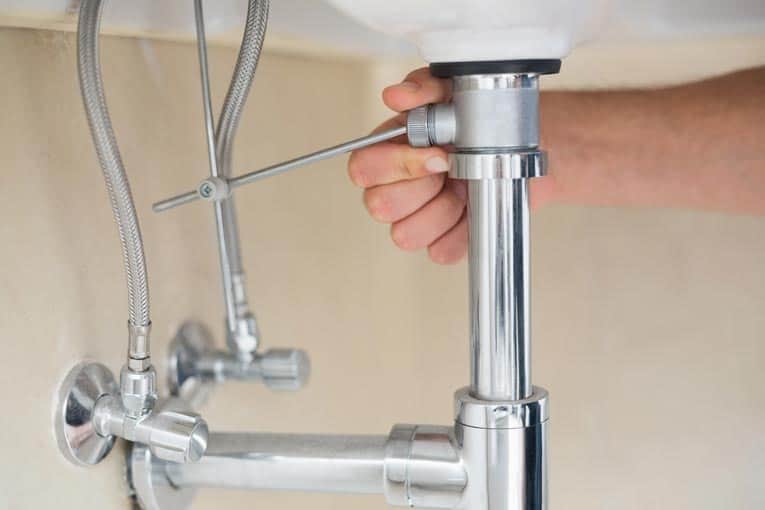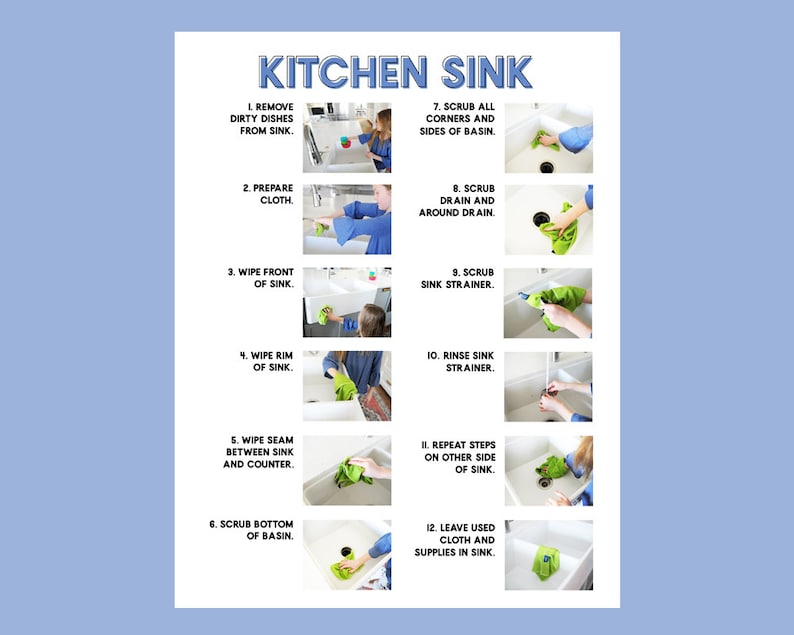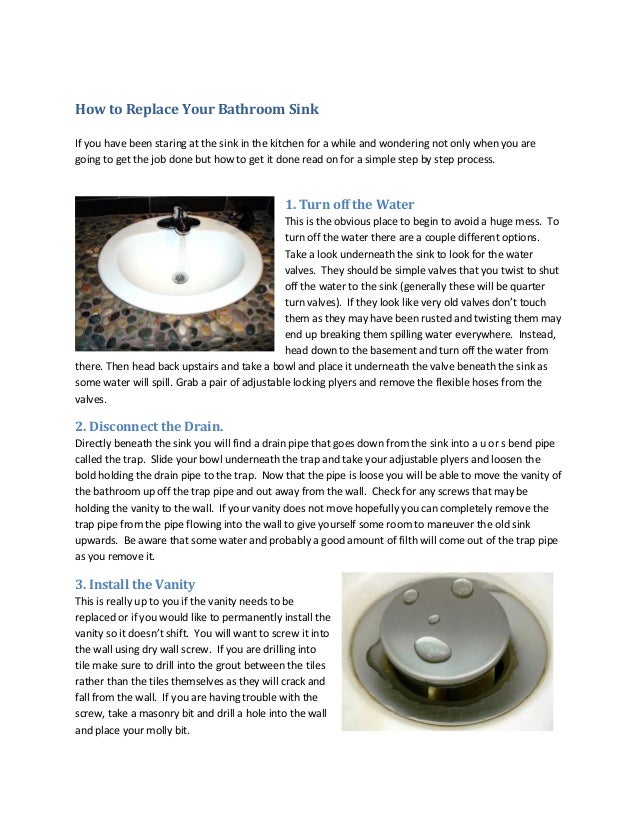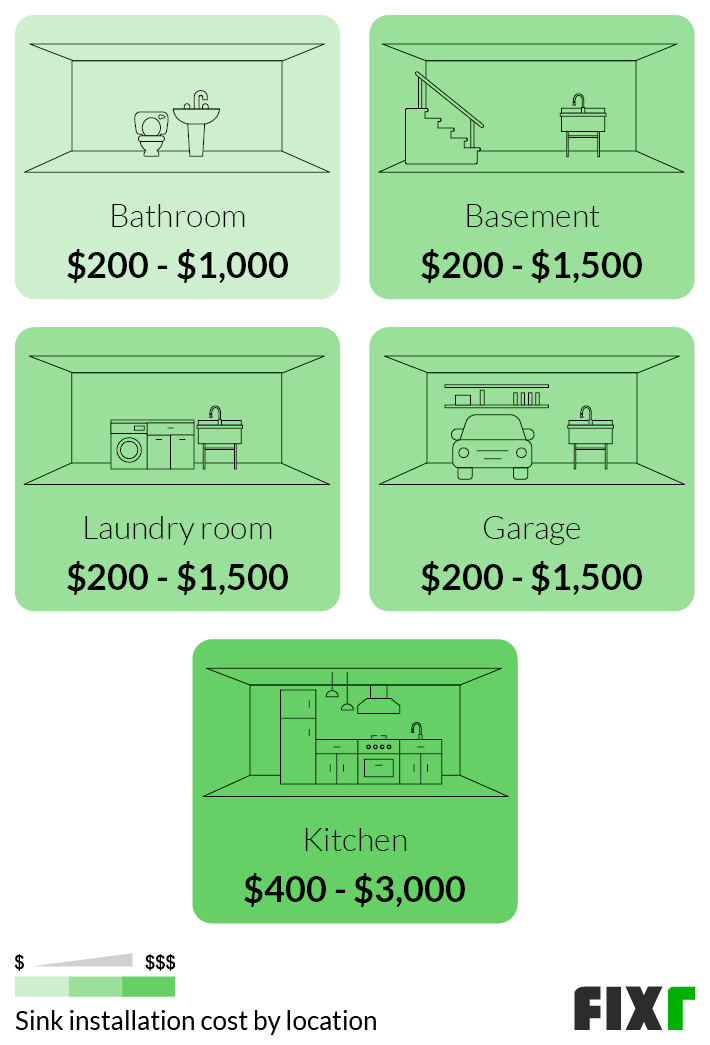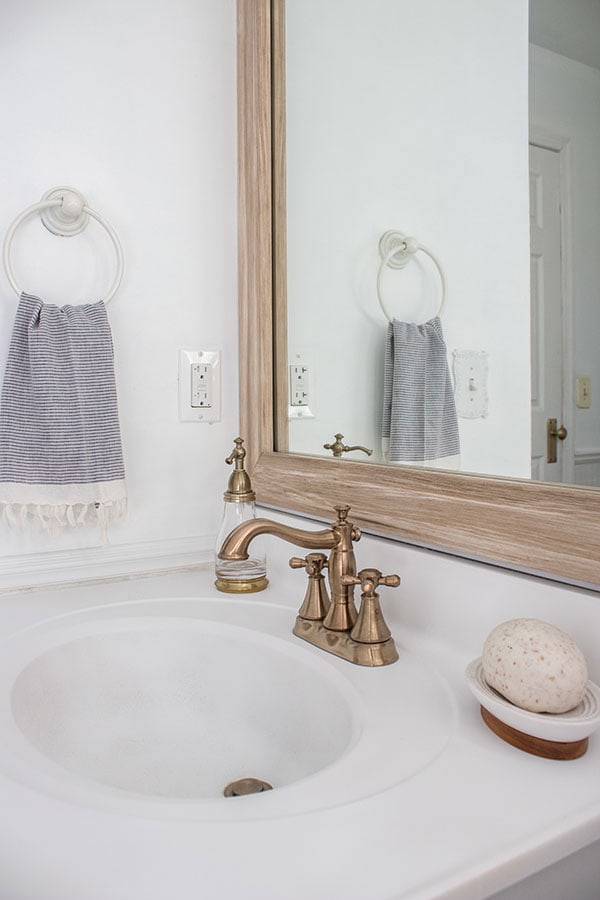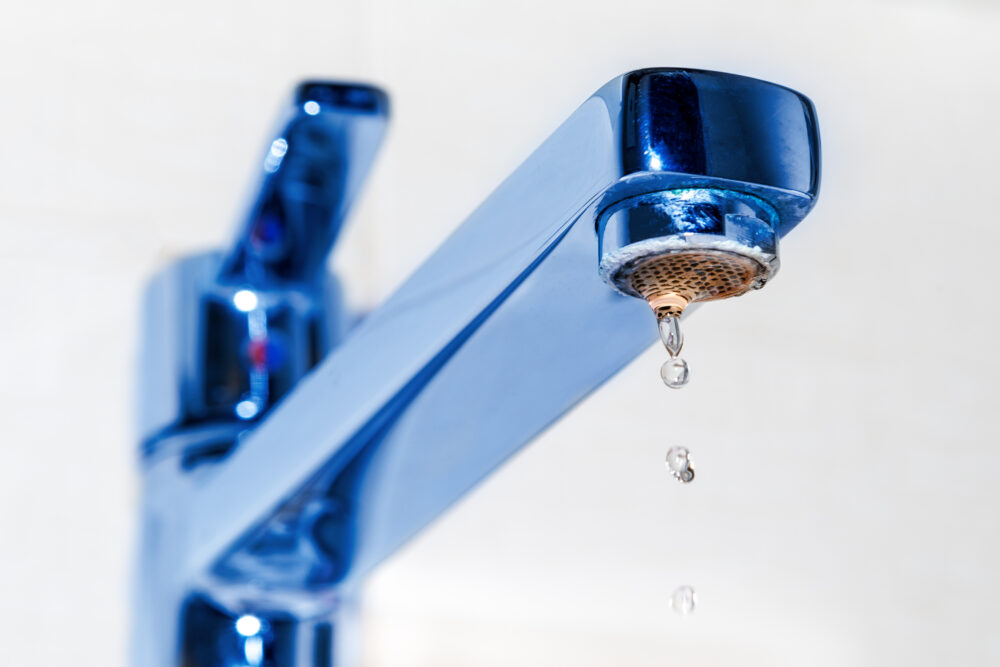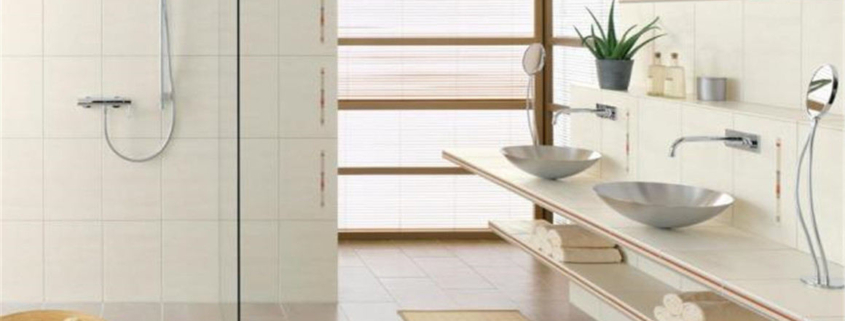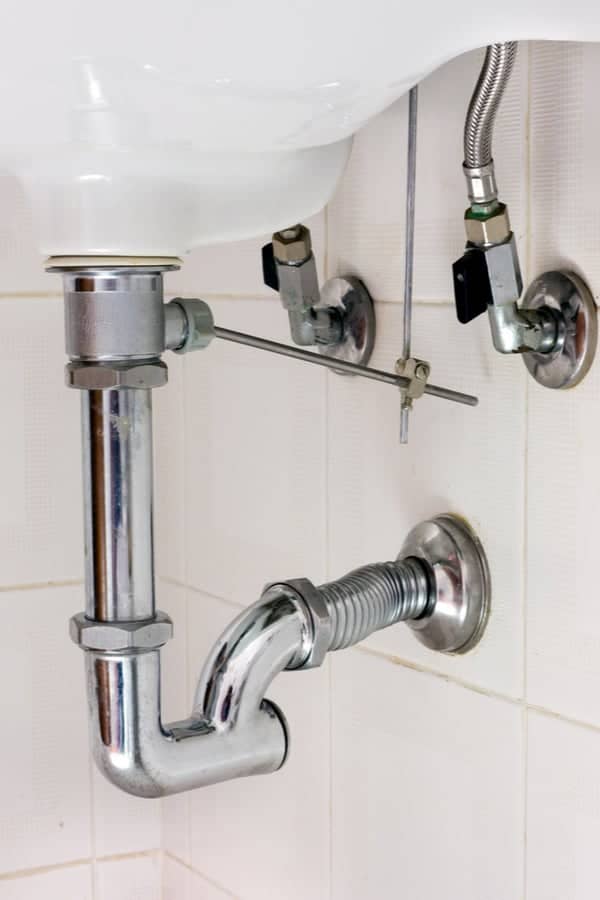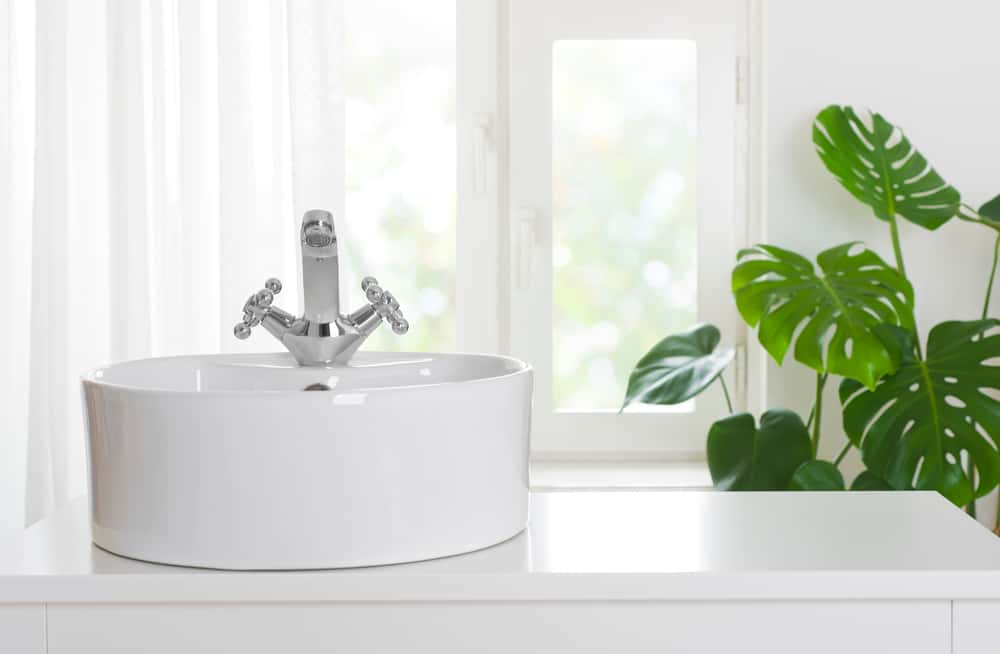Replacing a bathroom sink may seem like a daunting task, but with the right tools and knowledge, it can be a relatively simple DIY project. Whether your current sink is outdated or damaged, or you simply want to upgrade your bathroom, replacing the sink can give your space a fresh new look. In this guide, we will walk you through the step-by-step process of replacing a bathroom sink.How to Replace a Bathroom Sink
Before you begin, make sure to turn off the water supply to the sink. This can usually be done by turning off the shut-off valves located under the sink. Once the water is turned off, follow these steps: Step 1: Remove the old sink. Start by disconnecting the water supply lines and unscrewing the nuts that hold the sink in place. You may need a wrench for this step. Once the sink is loose, carefully lift it off the counter and set it aside. Step 2: Remove the old faucet. If you are replacing the faucet as well, now is the time to remove it. Use a wrench to unscrew the nuts holding the faucet in place and carefully remove it from the sink. Step 3: Measure and prepare the new sink. Before installing the new sink, make sure it will fit properly on your counter. Measure the sink and the hole in the counter to ensure a perfect fit. If necessary, use a jigsaw to enlarge the hole in the counter. Step 4: Install the new faucet. If you are using a new faucet, now is the time to install it. Follow the manufacturer's instructions for installation. Step 5: Place the new sink. Carefully place the new sink into the hole in the counter. Make sure it is level and centered before moving on to the next step. Step 6: Attach the sink to the counter. Use silicone caulk to seal the sink to the counter. This will prevent any water from leaking underneath the sink. Once the sink is securely in place, attach the mounting clips to the underside of the sink to hold it in place. Step 7: Reconnect the water supply lines. Use new supply lines if the old ones are worn or damaged. Hand-tighten the connections, making sure they are secure but not over-tightened. Step 8: Turn on the water supply. Once everything is connected, turn the water supply back on and check for any leaks. If you notice any leaks, tighten the connections as needed. Step 9: Reconnect the drain. If your new sink came with a new drain, follow the manufacturer's instructions to install it. If you are reusing the old drain, clean it thoroughly before reattaching it to the sink. Step 10: Finish up. Once everything is connected and secure, run water in the sink to make sure everything is working properly. If it is, you can now caulk around the edges of the sink to give it a finished look.Replacing a Bathroom Sink: Step-by-Step Guide
Replacing a bathroom sink can be a DIY project for those with some basic plumbing knowledge and skills. By following the steps outlined above and using the right tools and materials, you can successfully replace your bathroom sink on your own. However, if you are not confident in your abilities or encounter any issues during the process, it is always best to call a professional plumber for assistance.DIY Bathroom Sink Replacement
Before you dive into replacing your bathroom sink, there are a few things you should keep in mind: Know the type of sink you need: There are several types of bathroom sinks available, such as drop-in, undermount, pedestal, and vessel sinks. Make sure you choose the right type for your space. Consider the size: Make sure the new sink will fit in the space and on the counter. You may need to make adjustments to the counter or choose a different sink if the size does not match. Choose the right faucet: If you are replacing the faucet as well, make sure to choose one that is compatible with the sink and fits your design aesthetic. Think about the plumbing: If the new sink is a different size or type than the old one, you may need to make changes to the plumbing. Make sure you have the necessary tools and knowledge to do this, or call a professional plumber for assistance.Bathroom Sink Replacement: What You Need to Know
Here are the tools and materials you will need for replacing a bathroom sink: Tools: Adjustable wrench, pliers, screwdriver, jigsaw, silicone caulk gun Materials: New sink, faucet, drain, supply lines, mounting clips, silicone caulk Gather all of these items before starting the project to ensure a smooth and efficient process.Replacing a Bathroom Sink: Tools and Materials
For a quick recap, here is a step-by-step guide for replacing a bathroom sink: Step 1: Turn off the water supply. Step 2: Remove the old sink. Step 3: Remove the old faucet. Step 4: Measure and prepare the new sink. Step 5: Install the new faucet. Step 6: Place the new sink. Step 7: Attach the sink to the counter. Step 8: Reconnect the water supply lines. Step 9: Turn on the water supply. Step 10: Reconnect the drain. Step 11: Finish up.Step-by-Step Guide for Replacing a Bathroom Sink
While replacing a bathroom sink may seem straightforward, there are a few common mistakes that can make the process more difficult or cause issues down the line. Here are some mistakes to avoid: Not turning off the water supply: This may seem obvious, but it is important to make sure the water is turned off before starting the project. Otherwise, you may have a mess on your hands. Choosing the wrong size or type of sink: Make sure to measure your space and choose the right type of sink for your needs. Otherwise, you may end up having to make adjustments or return the sink. Over-tightening connections: Be careful not to over-tighten connections, as this can cause damage or leaks. Not properly sealing the sink: Be sure to use silicone caulk to seal the sink to the counter to prevent water from leaking underneath.Replacing a Bathroom Sink: Common Mistakes to Avoid
There are a few signs that it may be time to replace your bathroom sink: Damaged or outdated: If your current sink is damaged or outdated, replacing it can give your bathroom a fresh new look. Leaks or cracks: If your sink is leaking or has cracks, it is time for a replacement. Improving functionality: If you want to upgrade to a sink with more features or a better design, replacing your current sink can help achieve this.When to Replace Your Bathroom Sink
When choosing a new bathroom sink, there are a few factors to consider: Size and type: Make sure to choose a sink that will fit in your space and on your counter. Consider the type of sink as well, such as drop-in, undermount, or vessel. Style and design: Choose a sink that fits your design aesthetic and complements your bathroom decor. Functionality: Consider what features you want in a sink, such as multiple basins or a built-in soap dispenser. Budget: Bathroom sinks come in a wide range of prices, so make sure to choose one that fits within your budget.How to Choose the Right Bathroom Sink for Replacement
Ultimately, whether you hire a professional plumber or attempt to replace the bathroom sink yourself depends on your skills and comfort level with plumbing projects. If you are not confident in your abilities or do not have the necessary tools, it is best to hire a professional to ensure the job is done correctly. However, if you have some plumbing knowledge and feel comfortable with the steps outlined in this guide, replacing a bathroom sink can be a satisfying DIY project.Bathroom Sink Replacement: Professional vs. DIY
Why Replacing Your Bathroom Sink is a Simple and Effective Way to Upgrade Your House Design

Introduction
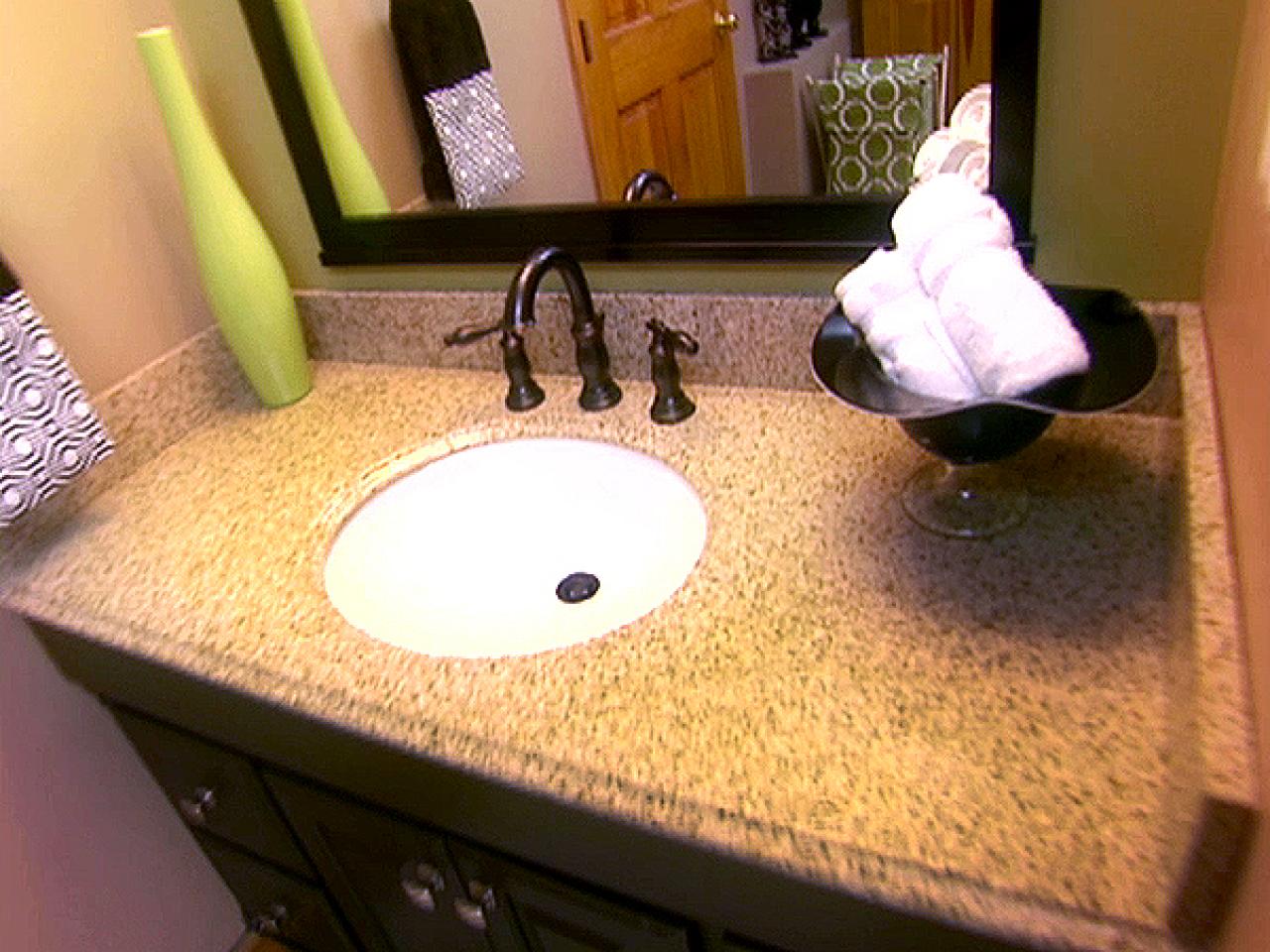 When it comes to home design, the bathroom is often overlooked. However, a well-designed bathroom can significantly impact the overall aesthetic and functionality of your home. One simple and effective way to upgrade your bathroom is by replacing your sink. This small change can make a big difference and transform the look and feel of your bathroom. In this article, we will discuss the benefits of replacing your bathroom sink and how it can enhance your house design.
When it comes to home design, the bathroom is often overlooked. However, a well-designed bathroom can significantly impact the overall aesthetic and functionality of your home. One simple and effective way to upgrade your bathroom is by replacing your sink. This small change can make a big difference and transform the look and feel of your bathroom. In this article, we will discuss the benefits of replacing your bathroom sink and how it can enhance your house design.
The Importance of the Bathroom Sink
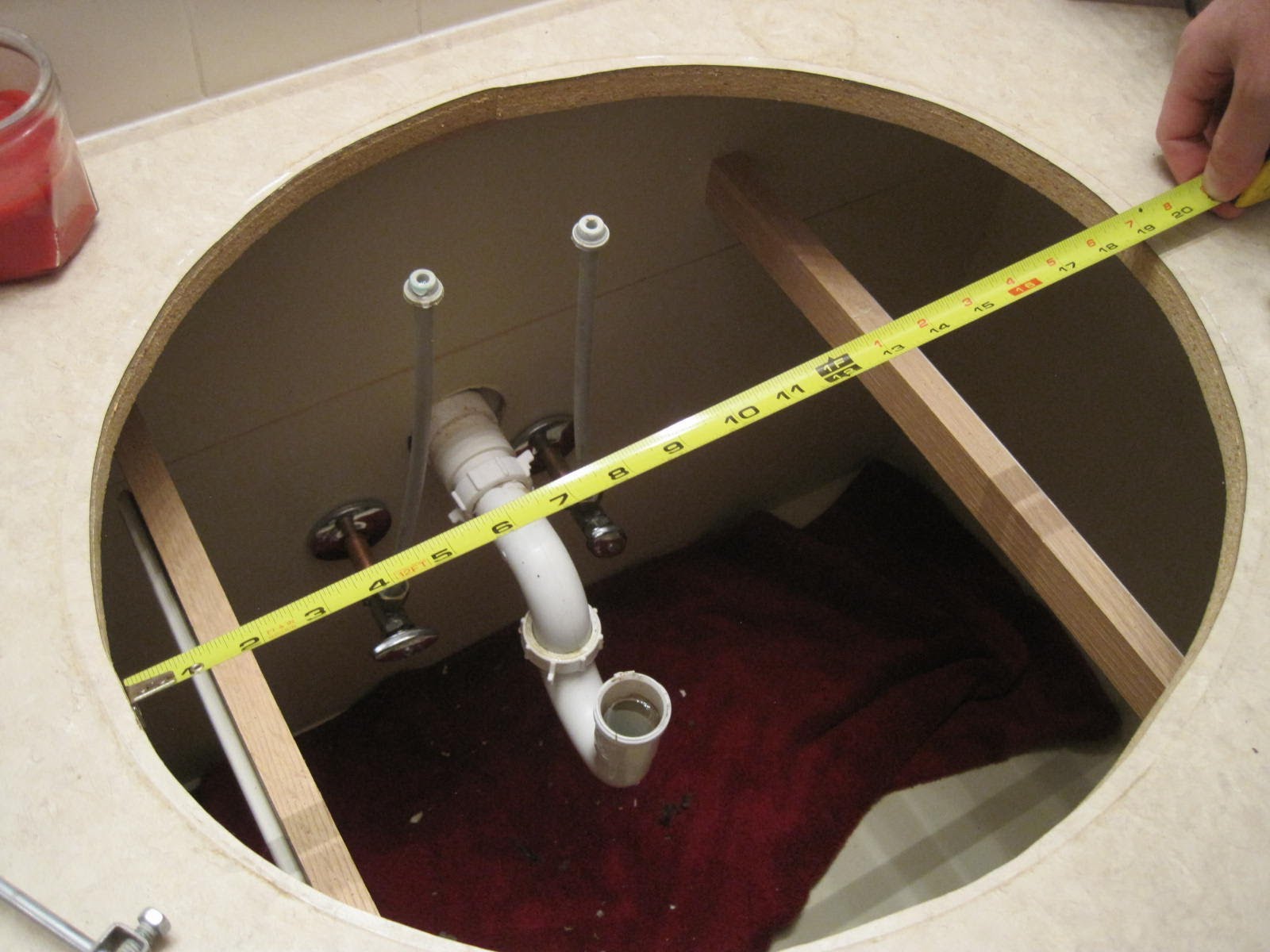 The bathroom sink is an essential element in any bathroom. It is not only used for washing your hands and face but also serves as a decorative piece. The style, size, and placement of your sink can greatly impact the overall design of your bathroom. A worn-out, outdated, or mismatched sink can make your bathroom look dull and unappealing. On the other hand, a modern and well-designed sink can add a touch of elegance and sophistication to your bathroom.
Replacing Your Bathroom Sink: The Benefits
Replacing your bathroom sink may seem like a simple task, but it can have numerous benefits. First and foremost, it can instantly refresh and update the look of your bathroom. By choosing a sink that complements your house design, you can create a cohesive and stylish space. Additionally, replacing your sink can also improve the functionality of your bathroom. If you have been struggling with a small or outdated sink, upgrading to a larger or more modern sink can make your daily bathroom routine more convenient and enjoyable.
The bathroom sink is an essential element in any bathroom. It is not only used for washing your hands and face but also serves as a decorative piece. The style, size, and placement of your sink can greatly impact the overall design of your bathroom. A worn-out, outdated, or mismatched sink can make your bathroom look dull and unappealing. On the other hand, a modern and well-designed sink can add a touch of elegance and sophistication to your bathroom.
Replacing Your Bathroom Sink: The Benefits
Replacing your bathroom sink may seem like a simple task, but it can have numerous benefits. First and foremost, it can instantly refresh and update the look of your bathroom. By choosing a sink that complements your house design, you can create a cohesive and stylish space. Additionally, replacing your sink can also improve the functionality of your bathroom. If you have been struggling with a small or outdated sink, upgrading to a larger or more modern sink can make your daily bathroom routine more convenient and enjoyable.
Choosing the Right Sink for Your House Design
 When it comes to choosing a new sink for your bathroom, there are many options available. You can opt for a traditional pedestal sink, a modern vessel sink, or a sleek undermount sink, depending on your house design and personal style. It is also important to consider the material of the sink, such as porcelain, ceramic, or stone, as it can greatly impact the durability and maintenance of your sink.
Conclusion
In conclusion, replacing your bathroom sink is a simple and effective way to upgrade your house design. It can instantly refresh the look of your bathroom and improve its functionality. With the variety of sink options available, you can choose one that complements your house design and adds a touch of elegance to your bathroom. So why wait? Upgrade your bathroom sink today and see the transformation it brings to your house design.
When it comes to choosing a new sink for your bathroom, there are many options available. You can opt for a traditional pedestal sink, a modern vessel sink, or a sleek undermount sink, depending on your house design and personal style. It is also important to consider the material of the sink, such as porcelain, ceramic, or stone, as it can greatly impact the durability and maintenance of your sink.
Conclusion
In conclusion, replacing your bathroom sink is a simple and effective way to upgrade your house design. It can instantly refresh the look of your bathroom and improve its functionality. With the variety of sink options available, you can choose one that complements your house design and adds a touch of elegance to your bathroom. So why wait? Upgrade your bathroom sink today and see the transformation it brings to your house design.

